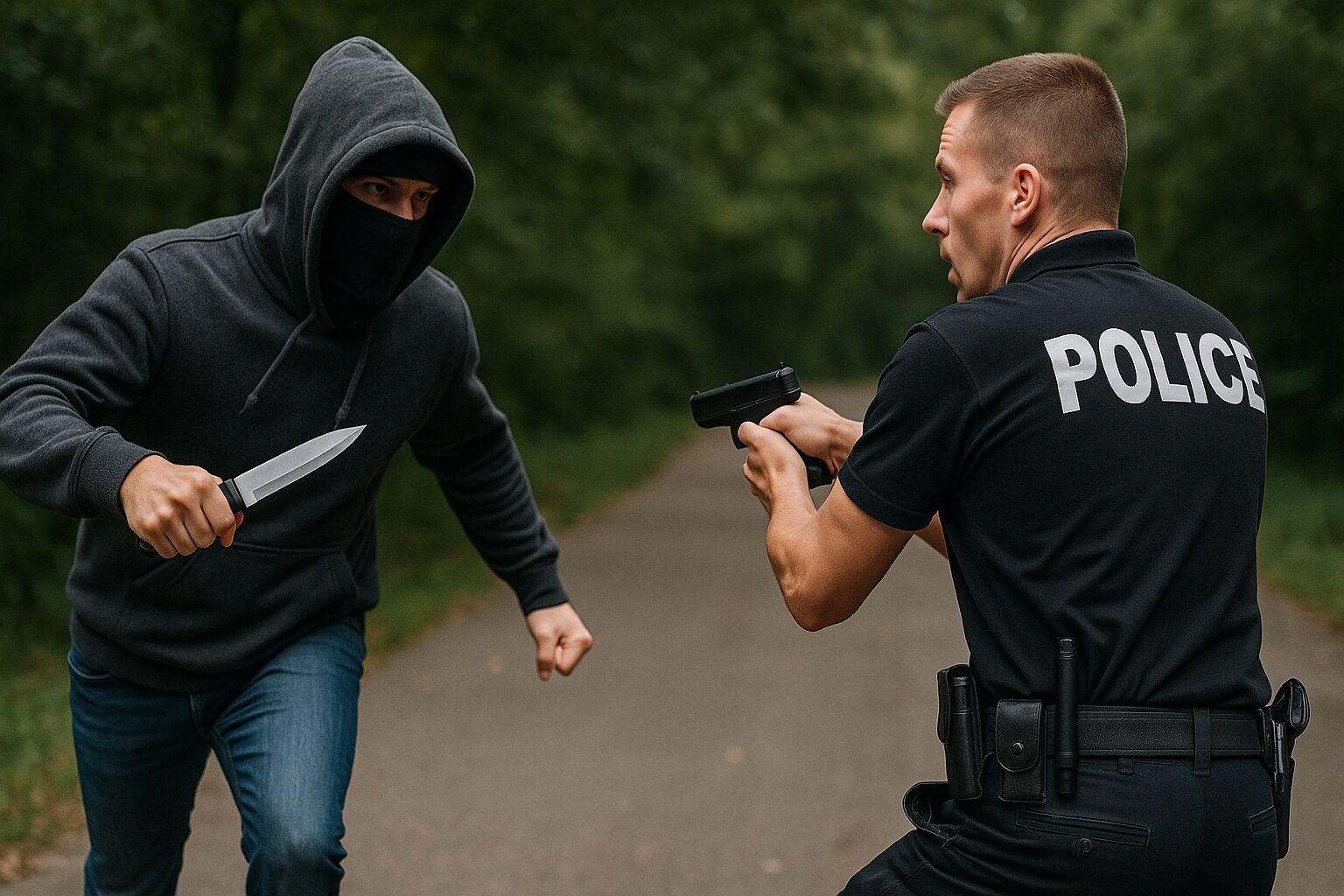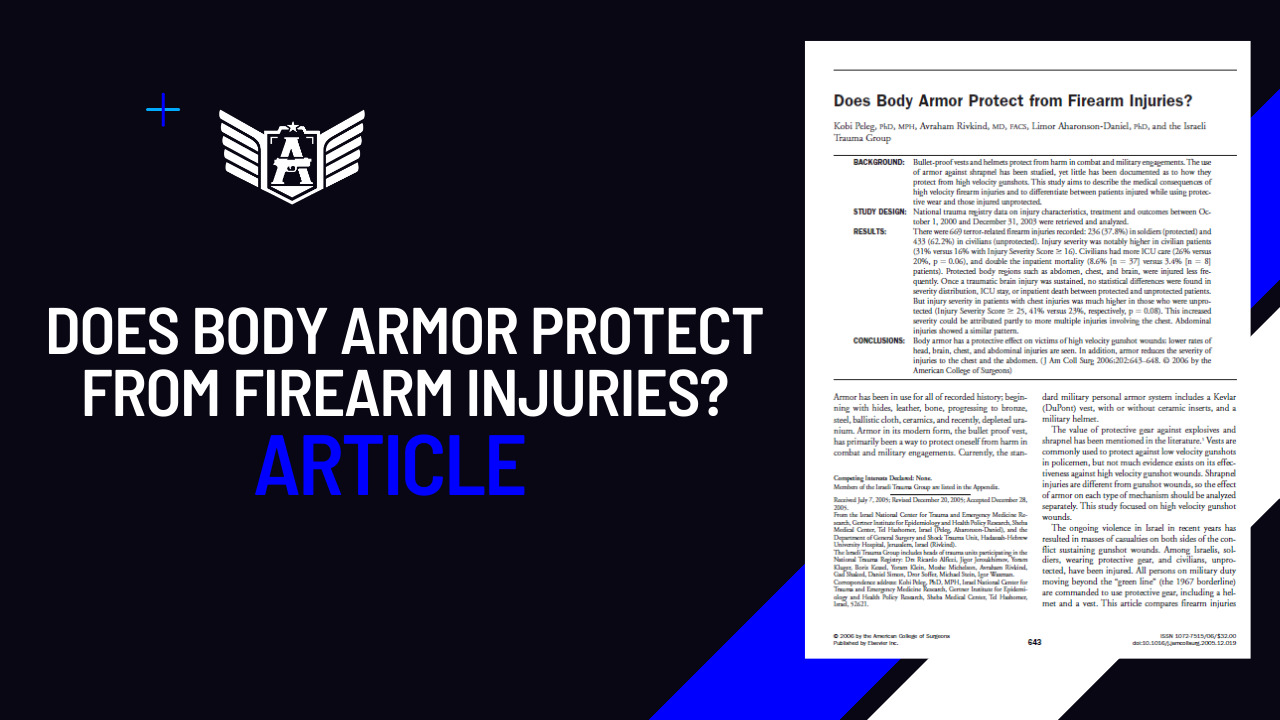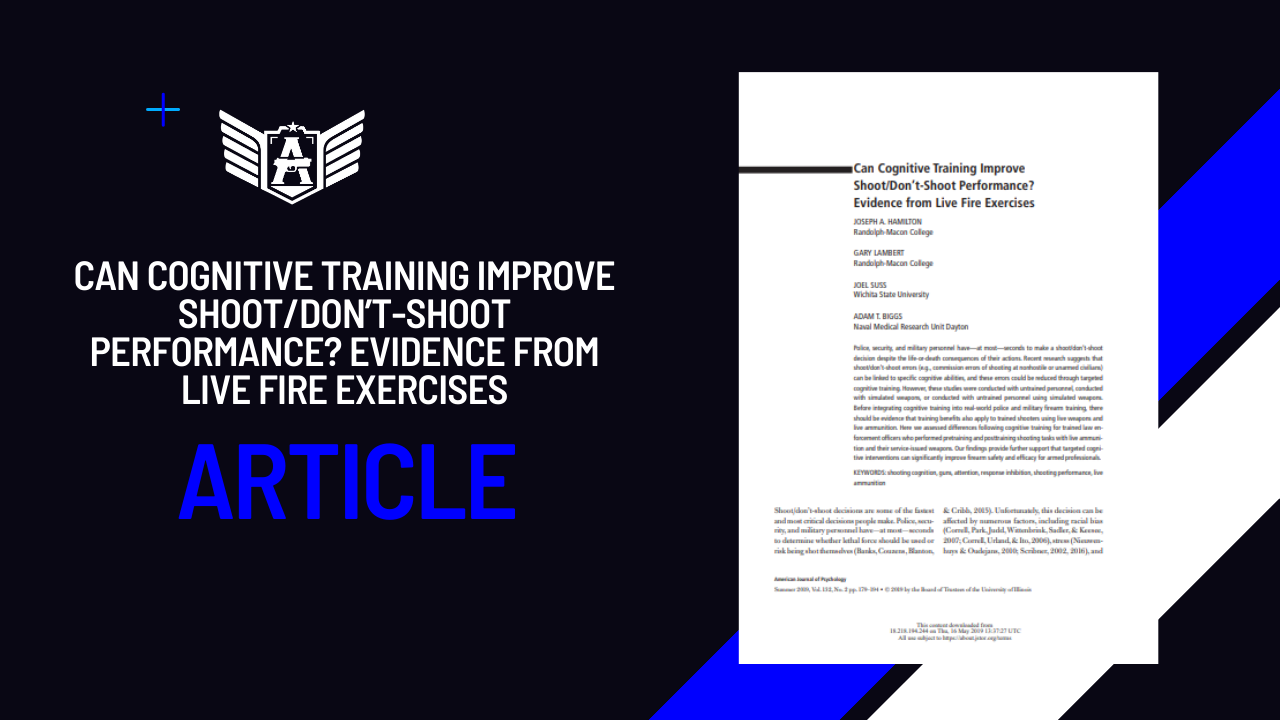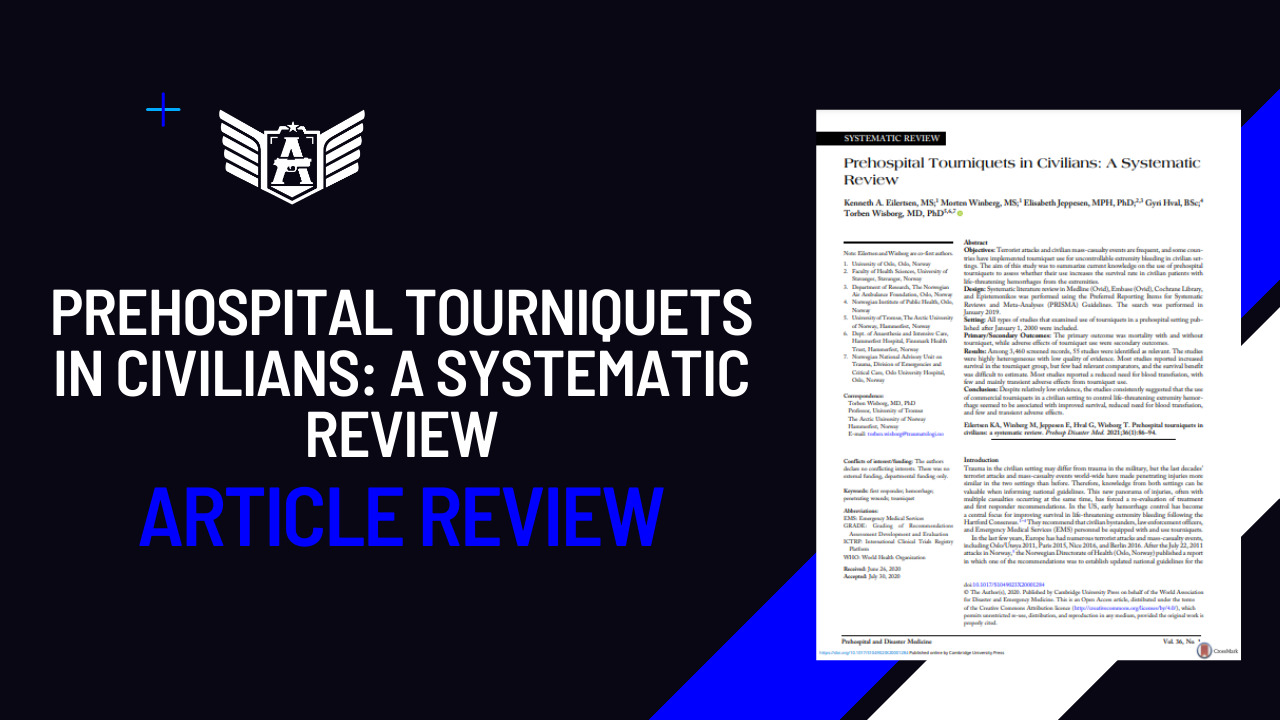I recently read a compelling article by Dr. J. Pete Blair on his Tactical Science Substack titled “This is an 8-Foot Knife Attack. You Have No Time.” As someone deeply involved in training and research on armed conflict, I hold Blair’s work in the highest regard. He is one of the most influential figures in our field, having spent decades bridging the gap between tactical realities and academic rigor. His contributions to understanding active shooter events, law enforcement engagement, and tactical training have shaped how professionals across the globe prepare for lethal encounters.
In his article, Blair highlights the work of Michael Kantor and colleagues, whose recent peer-reviewed study published in The Police Journal dives into a topic many trainers have discussed anecdotally for years but rarely measured systematically: how fast can a concealed knife attack be launched from eight feet away? More importantly, how much time does a defender really have to respond?
Kantor et al. (2025) set out to measure the duration of three different knife motions—thrust, overhead ice pick, and horizontal slash—starting from a concealed position and initiated at a distance of 8 feet. Seventy-four subjects between the ages of 19 and 64 were tested using rubber training knives. The attacks were recorded on camera and frame-by-frame analysis was used to calculate precise time intervals.

The results are sobering. The average time for a concealed knife attacker to reach and strike the target from 8 feet was 1.43 seconds for the thrust, 1.55 seconds for the horizontal slash, and 1.60 seconds for the overhead stab. The fastest recorded attack, a thrust by a young male, was completed in just 1.04 seconds. In other words, a lethal assault can be launched and land in roughly the time it takes to blink.
These findings are especially significant when we recall that the average law enforcement officer requires anywhere from 0.87 to 2.05 seconds to draw and fire their weapon, according to prior studies cited by the authors. When you factor in the startle response—commonly triggered in spontaneous attacks—those reaction times can lengthen even further, sometimes by an additional 0.4 to 0.8 seconds. This creates a reality where a concealed knife assault launched from within conversation distance becomes almost impossible to intercept by conventional firearm response alone.
The study also analyzed how age and sex affected attack performance. Interestingly, age did not produce statistically significant differences in attack times, though younger participants were marginally faster. What was significant, however, was sex: males consistently outperformed females in all knife motions. This performance gap likely correlates with greater average strength and speed in male subjects, a finding that mirrors other domains of human performance research.
Another point worth noting is the variation in concealment and presentation. Participants were allowed to choose their own concealment method—hip, pocket, waistband, etc.—making the test more realistic. The knife typically became visible only 2 to 3 feet before the strike, reinforcing the danger of close proximity interactions with potentially hostile individuals whose intentions are not yet known.
This study also provides a fresh challenge to the long-standing “21-foot rule” introduced by Dennis Tueller in 1983. That principle, based on how long it takes a person to sprint 21 feet and strike, remains foundational in police training. However, most research until now assumed the weapon was already in the attacker’s hand. Kantor’s work adds nuance to this picture: a concealed knife attack from just 8 feet may be even more dangerous due to the reduced warning time and surprise factor.
From a training perspective, these findings should drive home the importance of developing responses that can occur within extremely compressed time windows. This includes gross-motor defensive tactics, weapon retention in the clinch, movement and space-creation, and even preemptive positioning in potentially volatile encounters.
Additionally, it underscores the need to train beyond just mechanical firearm skills. Tactical response must be paired with heightened situational awareness, management of interpersonal distance, and a deep understanding of pre-assault cues. If a defender doesn’t recognize the threat until the attacker is moving, it may already be too late.
For civilian defenders, private security, and military contractors, this research is equally relevant. Many violent crimes involving knives occur in domestic disputes, robberies, or spontaneous assaults—all environments where attackers are well within eight feet, and where knives are easily concealed. Training must reflect this reality, not Hollywood dramatizations or sanitized classroom drills.
The study’s limitations are worth acknowledging: it was conducted in a controlled environment with well-lit conditions, stationary targets, and participants who knew they would be attacking. Real-world variables like darkness, furniture, crowd density, and unpredictable attacker intent could shorten or extend these timeframes. However, this does not lessen the value of the findings—it highlights the minimum performance envelope defenders should prepare for.
Looking forward, further research is needed to incorporate additional variables such as attacker emotion, environmental stressors, or even multiple assailants. But the core message remains clear: in a real confrontation, time is not on your side. If you’re not training to move, disrupt, and neutralize in less than 1.5 seconds, you may be training to lose.
At ABA Intl, we are committed to realism in all facets of armed combat instruction. That includes questioning dogma, testing our assumptions, and embracing the data—even when it makes us uncomfortable. Kantor’s study provides a scientific foundation for what many instructors have observed in training halls and street fights alike.
Science is not a replacement for experience—but it is a powerful ally. It helps us refine what works, discard what doesn’t, and push forward with ever more effective methods. This is why integrating peer-reviewed research into tactical instruction isn’t optional—it’s essential.
Kantor, M. A., Bleetman, A., Tenbrink, J., & Garg, H. (2025). Close-quarter concealed knife attacks: How much time do you have? The Police Journal: Theory, Practice and Principles, 0(0), 1–20. https://doi.org/10.1177/0032258X251340171




